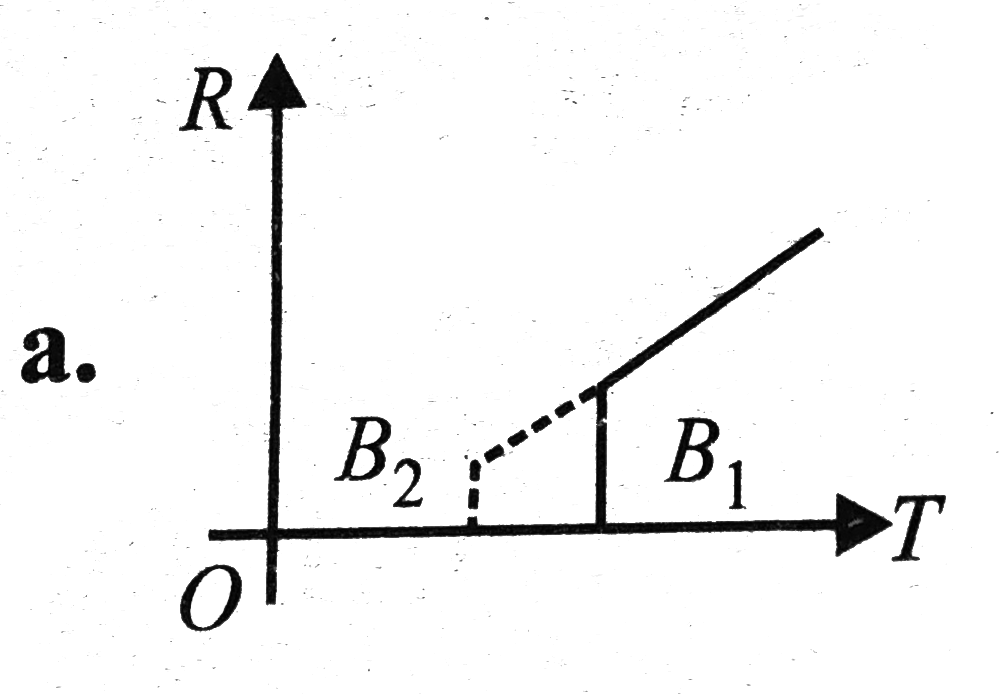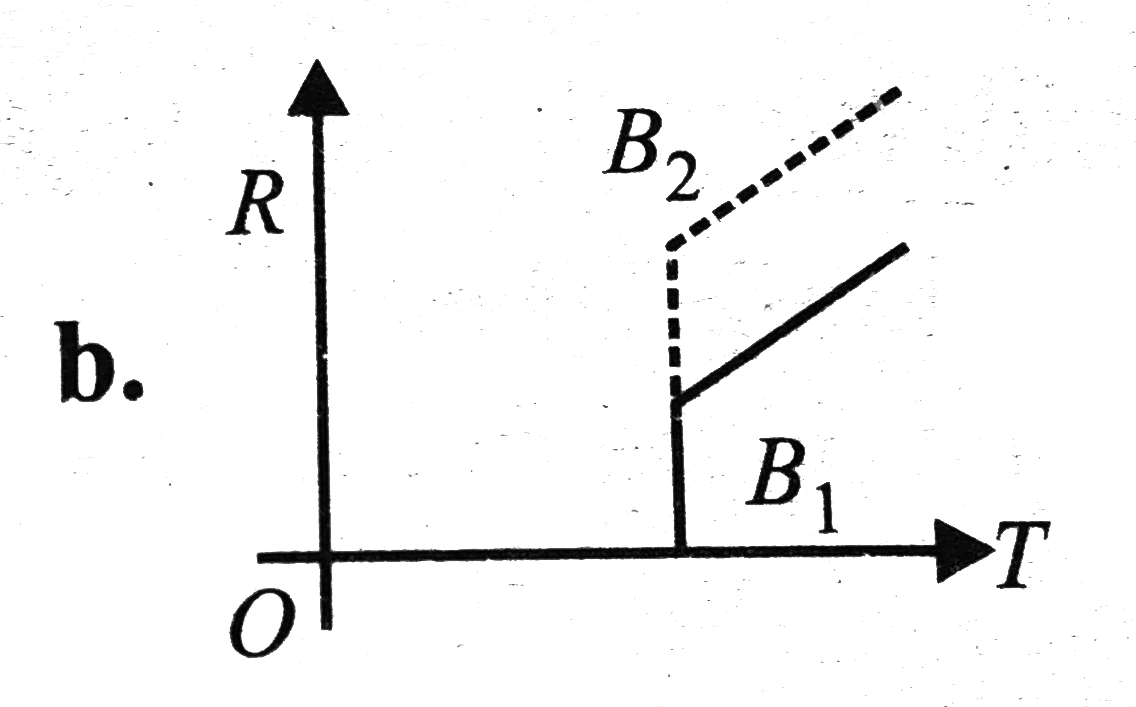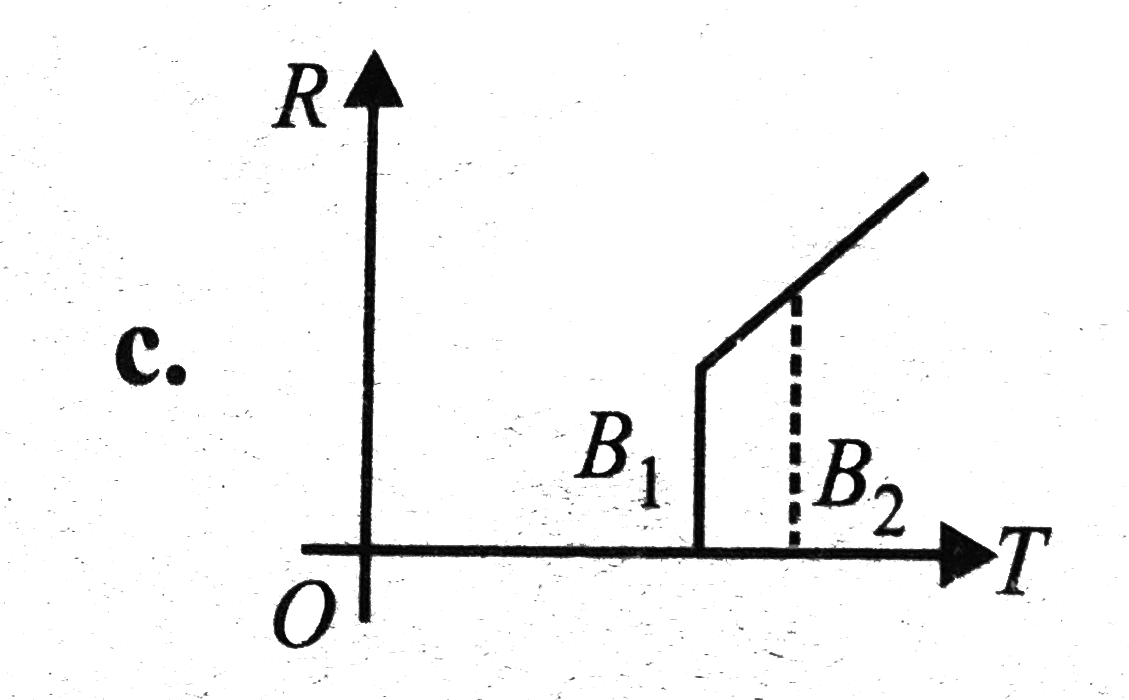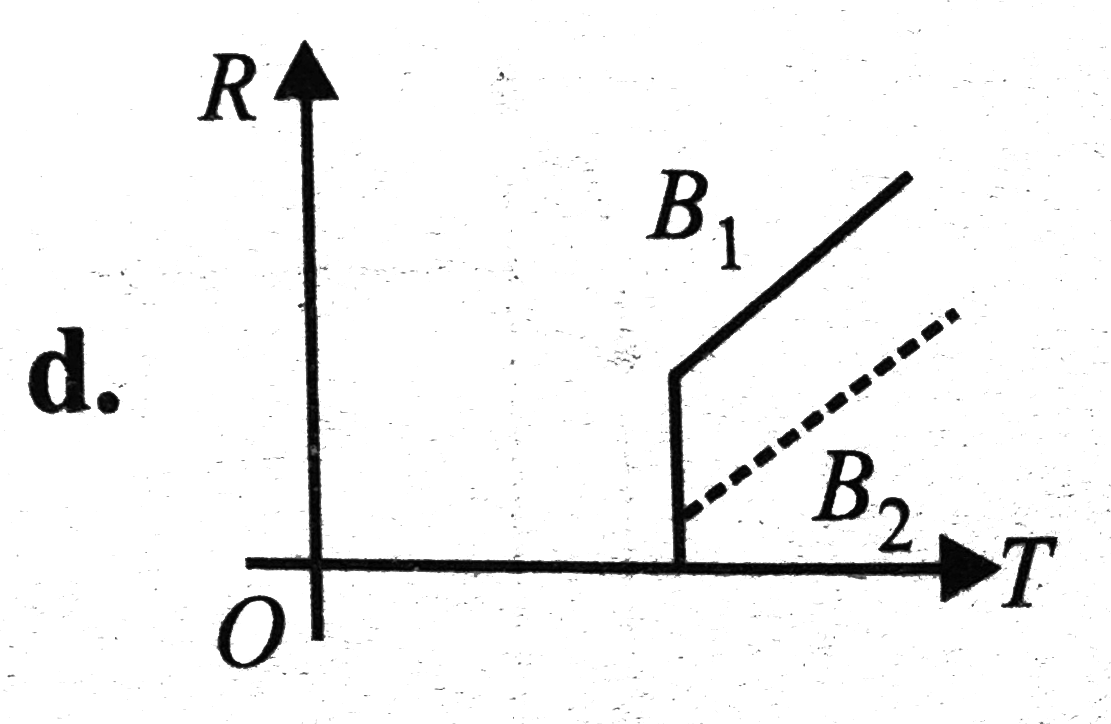A
B
C
D
Text Solution
Verified by Experts
The correct Answer is:
Topper's Solved these Questions
MAGNETIC FIELD AND MAGNETIC FORCES
CENGAGE PHYSICS|Exercise Archives Integer|1 VideosMAGNETIC FIELD AND MAGNETIC FORCES
CENGAGE PHYSICS|Exercise Archives Assertion-reasion|1 VideosMAGNETIC FIELD AND MAGNETIC FORCES
CENGAGE PHYSICS|Exercise Archives Multiple Correct|9 VideosKINETIC THEORY
CENGAGE PHYSICS|Exercise Question Bank|31 VideosMagnetism and Matter
CENGAGE PHYSICS|Exercise Question Bank|50 Videos
Similar Questions
Explore conceptually related problems
 .
. 


